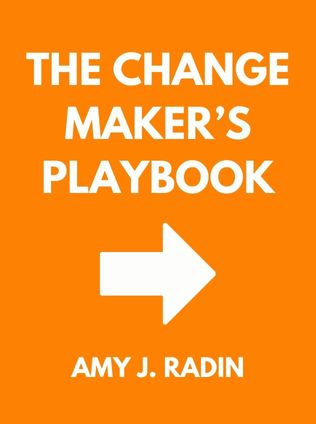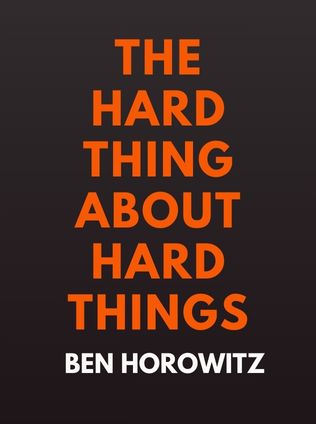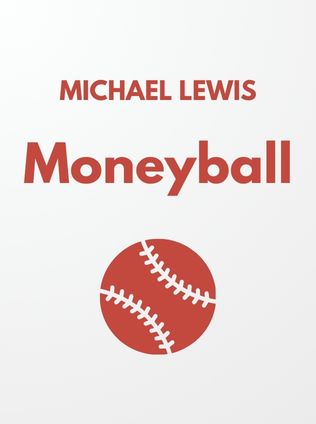
The Change Maker’s Playbook
How to Seek, Seed and Scale Innovation in Any Company
By Amy J. Radin
Published 09/2018
About the Author
Amy J. Radin is a nationally recognized Fortune 100 chief marketing and innovation officer, advisor, investor, board member, and thought leader. She has been at the forefront of rewiring brands for growth and now works with executives to reduce uncertainty and realize the benefits of innovation. Her book, The Change Maker’s Playbook: How to Seek, Seed and Scale Innovation in Any Company, provides a comprehensive framework for leaders looking to foster innovation within their organizations.
Main Idea
The core idea of The Change Maker’s Playbook is to provide a practical guide for leaders to seek, seed, and scale innovation within their organizations. Radin emphasizes that innovation is not a fixed formula but a continuous process that requires adaptability, resourcefulness, and a deep understanding of customer needs. The book is divided into three main parts: seeking, seeding, and scaling, each offering detailed strategies and insights to help leaders drive sustainable innovation.
Table of Contents
- Seeking: Listening and Discovering Real Needs
- Seeding: Prototyping and Testing
- Scaling: Launching and Adapting
Seeking: Listening and Discovering Real Needs
To create innovation, you must start by understanding the needs and pain points of your customers. Radin emphasizes the importance of listening to both your inner voice and external feedback. She advises leaders to adopt a discovery mindset, characterized by curiosity and openness. This approach helps in identifying real problems that need solving, rather than assuming what customers might need.
"People buy painkillers, not vitamins." - Amy J. Radin
Radin illustrates this with the example of Heinz’s inverted ketchup bottle, which addressed the frustration of getting the last bit of ketchup out of the bottle. By listening to customer complaints and observing their behaviors, Heinz was able to innovate a 150-year-old product and significantly increase sales.
Discovering real needs involves immersing yourself in the world of your customers. Radin stresses that great discoverers step away from the "I already know it" mindset and instead embrace collaboration and dialogue. They aim to understand customers' backgrounds, motivations, and emotions, which can uncover deep insights into their true needs.
Seeding: Prototyping and Testing
Once a need is identified, the next step is to prototype and test solutions. Radin highlights the importance of involving users in the development process to ensure the product meets their needs. She outlines a methodical approach to prototyping, which includes creating models, engaging with users, learning from interactions, and iterating based on feedback.
"Prototyping is a way to learn. Engaging users in a live rendition of a product or service narrows gaps between a great idea inside your head and a tangible, functional product." - Amy J. Radin
effective prototyping include:
- Creating early models to gather user feedback.
- Iterating designs based on real-world interactions.
- Testing functionality, quality, and user experience.
Radin explains that prototyping should start as early as possible, using whatever materials or methods are at hand. The goal is to move quickly from idea to tangible model, allowing for rapid learning and adjustment. This process helps to identify functional requirements, spot potential issues, and understand user emotions and reactions.
Sign up for FREE and get access to 1,400+ books summaries.
You May Also Like
The Lean Startup
How Today's Entrepreneurs Use Continuous Innovation to Create Radically Successful Businesses
By Eric RiesWho Moved My Cheese?
An Amazing Way to Deal with Change in Your Work and in Your Life
By Spencer Johnson, M.D.Make Your Bed
Little Things That Can Change Your Life...And Maybe the World
By William H. McRavenThe Ride of a Lifetime
Lessons Learned from 15 Years as CEO of the Walt Disney Company
By Robert IgerThe Hard Thing About Hard Things
Building a Business When There Are No Easy Answers
By Ben Horowitz



















